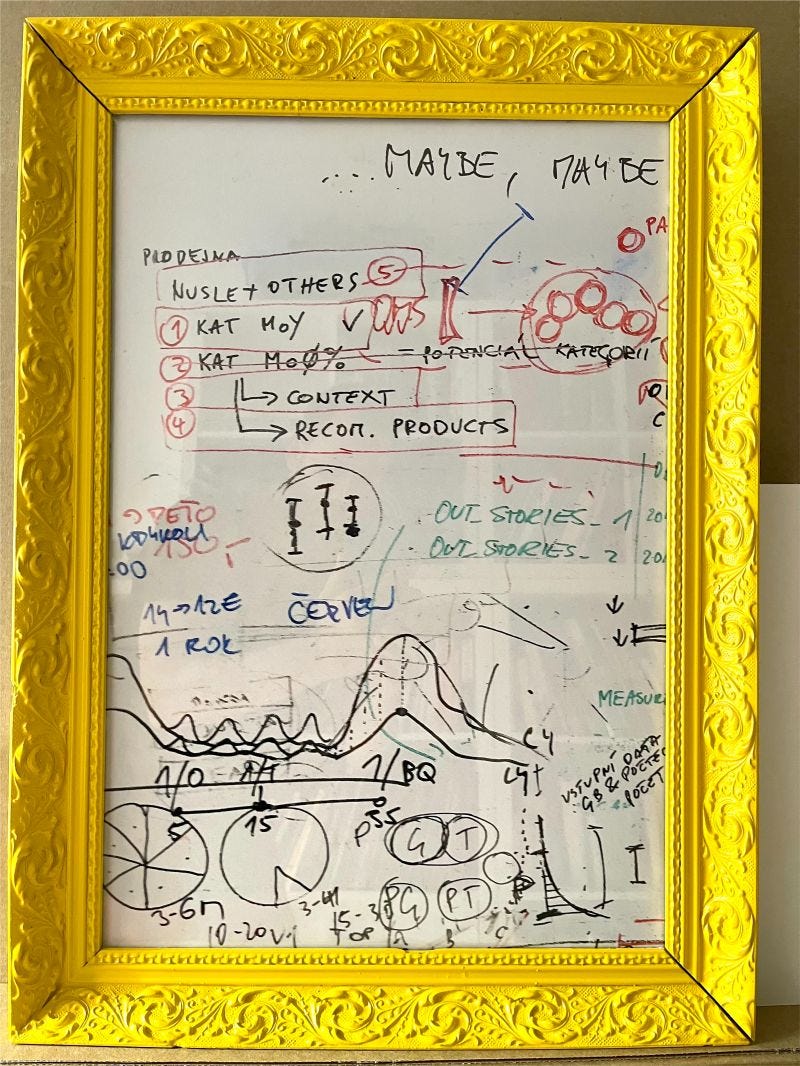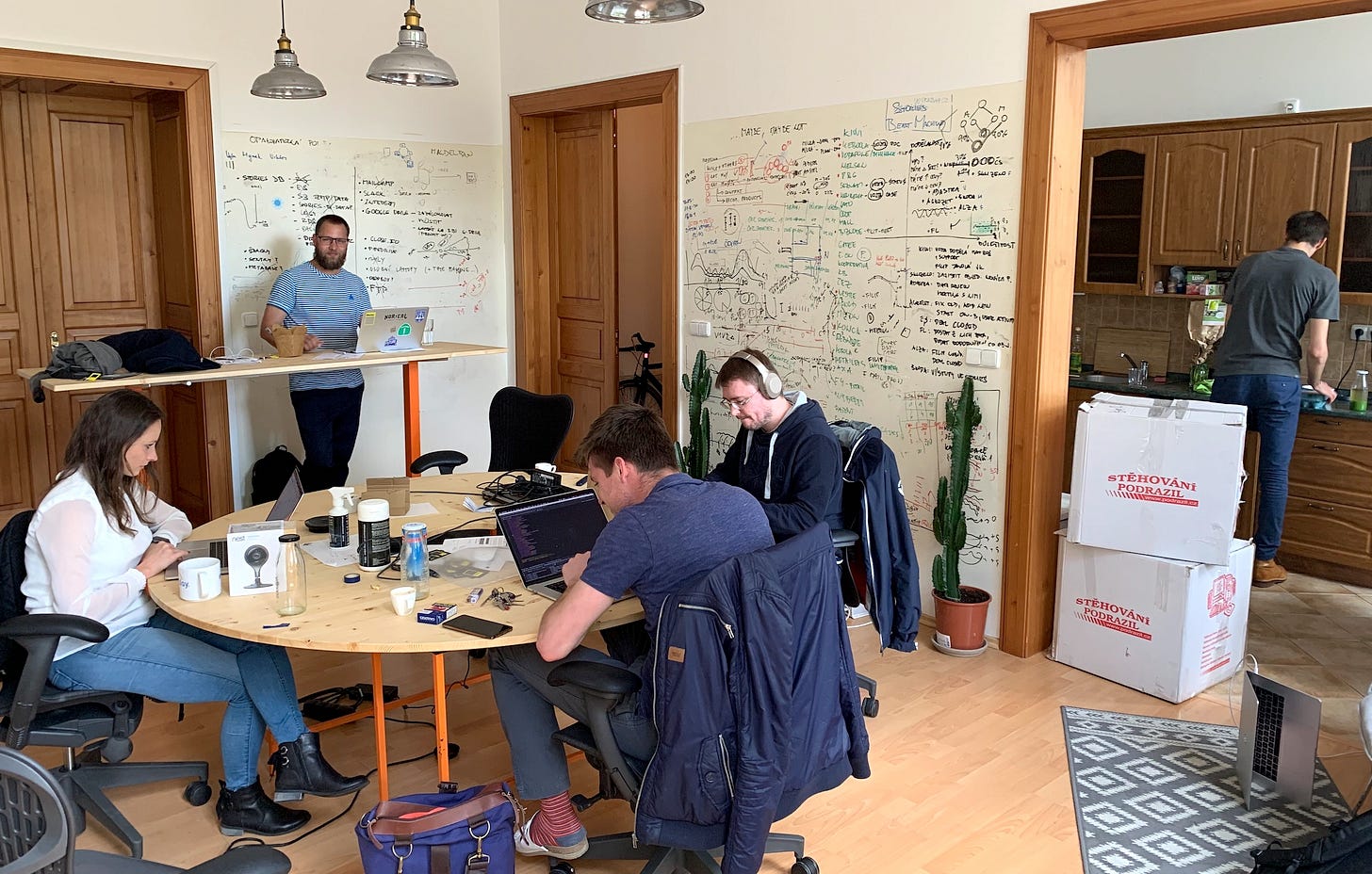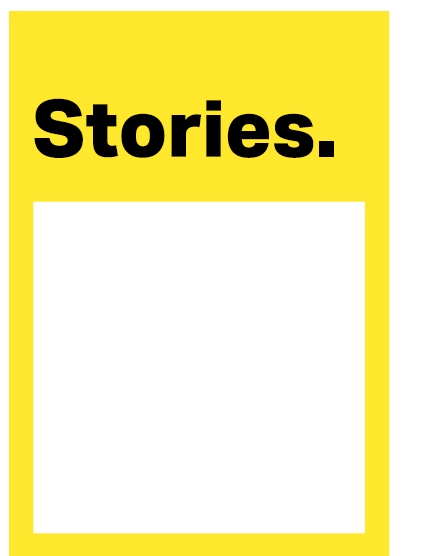What’s Important? | The Surprising Benefit of Asking Hard Questions
After six years, my journey at Stories.bi and Workday is over. What a ride it’s been. Six years ago, we decided to change the world of analytics. We were trying to answer a hard question—maybe an impossible one. Now, at least part of that vision is accomplished. We helped establish the new field of augmented analytics, got acquired, grew to 400 enterprise customers, and now the team behind the product has over 100 people. The time has come to hand over the team, let go, and let it grow.
As a farewell gift, each of the three founders got a framed piece of the enormous whiteboard that ran across our walls in the original Stories office.
There’s a lot packed in there: the early customers, the vision, the team and spirit. But the part that jumps out at me in this frame is the chart of a story. There in the bottom half, you might recognize the chart diagramming the rising and falling action of a classic story structure. It could be a hero’s journey, but also a data story: the sales of granola, the utilization of a server, or the popularity of a brand.
Data stories were the core of our work. We even named the company Stories.bi. (We had a longlist of 100+ names for our startup, and couldn’t agree on one between the three founders. So we brought in a friend, a branding consultant. After listening to us for four hours, he said, “All you keep talking about are these stories. I have no idea what you mean by that, but why don’t you just call it Stories?”)
We aimed to build an engine that would read lots of data and output just the most important stories. So that instead of this…
…managers could be reading this.
(You can read more about the concept here.)
Instead of showing data and charts, we wanted to present only key insights (or data stories). In 2016, that was really new.
Back in our apartment office, we spent countless months asking, “What is a story?”
We were looking for a mathematical definition that could be coded and automated. But behind that was an even bigger, and very human, question: “What's important?” It took me over a year of working on Stories to realize that the depth of this question was why I’d picked this one startup idea in the first place.
When I was 17, I went to a summer camp whose motto was, “What’s important?” I remember my discomfort at not finding an answer that summer. I left that camp without a solution, but the question stuck.
So, in retrospect, I had my perfect project in Stories. The business we were building (finding the most important business stories) was an incarnation of a fundamental life question (what’s important?). In a way, the startup was a vehicle for practical, fundamental, philosophical research. That’s what made the quest meaningful even in the toughest moments: when we lost our only customer, the stories weren't good enough, our only frontend engineer turned alcoholic, sales took too long, our first acquisition offer fell through… But one thing never changed through the ups and downs: the conviction that we were asking the right question and had to keep going. When spirits were down, the question held us. Even if we folded, nothing else would be more important to answer. The years we spent exploring various aspects of the hard problem would still be valuable, and one way or another we would continue the exploration after the failure. So walking away was not an option, and we always found a way in the end. It almost looks straightforward in retrospect.
There’s my life lesson in the frame. Startups are hard. But paradoxically, it helps to choose a hard problem.
P.S. Why is the frame yellow? It’s because the Stories.bi logo looked like this:
What a strange logo! Why does it have a hole in it?
The logo was a frame. When placed over a photograph, it highlighted a certain part. It created a story. It showed what’s important.







